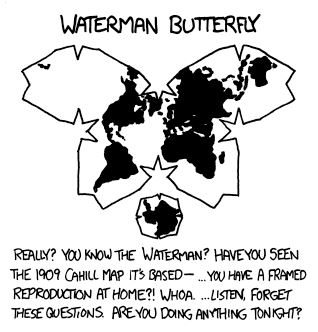

Per capita the Netherlands should definitely be in the list
In 2023, the Netherlands was the country with the highest PV capacity per capita in Europe with 1,299Wp. Worldwide, only Australia had a higher capacity per capita.
I can’t really find the per 1000 km² when I try to calculate it I get 595 MW/1000 km^2
Maybe its somewhat correct, chatgpt gives me this
To find the solar power generated per 1000 km² in the Netherlands in MW, we need to know the total installed solar capacity and the land area of the Netherlands.
Here’s how we can estimate it:
- Current Solar Capacity in the Netherlands
As of 2024, the Netherlands had approximately 22,000 MW (or 22 GW) of installed solar capacity.
- Land Area of the Netherlands
The total land area is about 41,500 km².
- Solar Capacity per 1000 km²
\text{Capacity per 1000 km²} = \left( \frac{22,000 \text{ MW}}{41,500 \text{ km²}} \right) \times 1000 \approx 530 \text{ MW per 1000 km²}
Final Answer:
Approximately 530 MW of solar capacity per 1000 km² in the Netherlands.
Let me know if you’d like to calculate actual solar energy generation (e.g., MWh/year) instead of capacity.




Per capita the Netherlands should definitely be in the list
In 2023, the Netherlands was the country with the highest PV capacity per capita in Europe with 1,299Wp. Worldwide, only Australia had a higher capacity per capita.
I can’t really find the per 1000 km² when I try to calculate it I get 595 MW/1000 km^2 (I used the 2023 number, it had more sunny days than 2024)
Maybe its somewhat correct, chatgpt gives me this
To find the solar power generated per 1000 km² in the Netherlands in MW, we need to know the total installed solar capacity and the land area of the Netherlands.
Here’s how we can estimate it:
As of 2024, the Netherlands had approximately 22,000 MW (or 22 GW) of installed solar capacity.
The total land area is about 41,500 km².
\text{Capacity per 1000 km²} = \left( \frac{22,000 \text{ MW}}{41,500 \text{ km²}} \right) \times 1000 \approx 530 \text{ MW per 1000 km²}
Final Answer:
Approximately 530 MW of solar capacity per 1000 km² in the Netherlands.
Let me know if you’d like to calculate actual solar energy generation (e.g., MWh/year) instead of capacity.
I also asked for actual generated 482 MW per 1000KM²